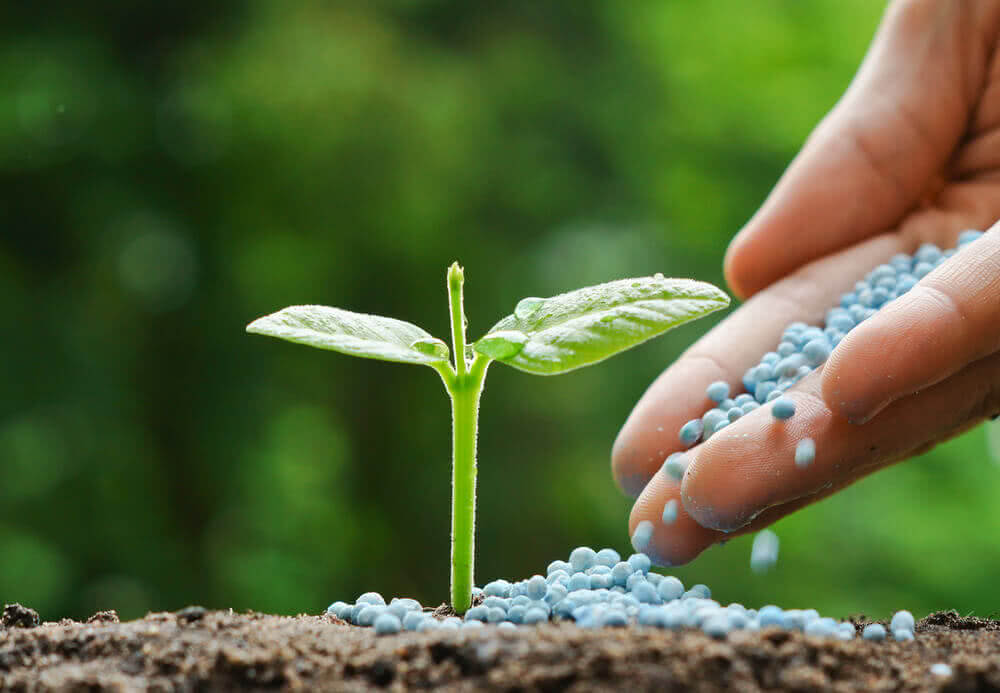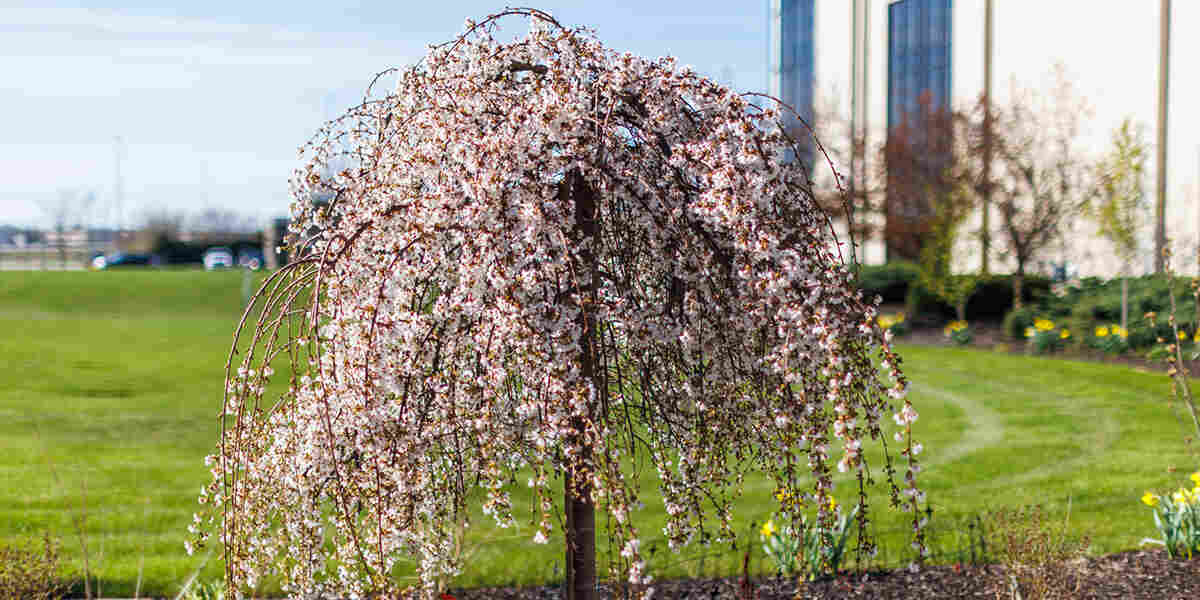Fertilization of Trees:
Time:
Established Trees: Most trees have an active growth phase during the spring and early summer. It’s essential, however, to understand the specific type of tree you’re dealing with. Fruit-bearing trees, for example, might have various stages where nutrition is crucial, from flowering to fruit development.
Newly Planted Trees: The initial period after planting is critical for root establishment. Overloading them with nutrients can harm the tender roots. It’s recommended to wait a year or follow nursery advice specific to the species.
Type of Fertilizer:
Established Trees: Depending on the species, the nutritional needs vary. Trees like oaks might benefit from a general-purpose, balanced fertilizer, while specialty trees may have unique requirements. Consult your local arborist to know more about your tree’s nutrient needs
Young Trees: While the overall nutritional needs are lower, a boost in phosphorus can stimulate root growth, anchoring the tree effectively.
Application Methods:
Deep Root Fertilization: A specialized technique targeting the tree’s deeper roots. This method ensures sustained nutrition over time and is typically done using specialized equipment. There is a large benefit to doing deep root fertilization
Granular Fertilizer: Uniform application is key. Ensure that the fertilizer is evenly distributed in a circular manner, concentrating around the drip line and not just at the base.
Spikes: A convenient option for homeowners, these are driven into the soil and release nutrients gradually.
Watering Post Fertilization: Deep watering helps the tree absorb the nutrients and prevents them from washing away, especially in sloped areas.
Monitoring Tree Health: Keeping an eye on the tree’s overall health, checking for pests, observing leaf patterns, and monitoring bark conditions can provide insights into its nutritional and health status.
For a deeper dive into fertilization of trees click here!

Fertilization of Plants:
Time:
Outdoor Plants: While spring and summer are primary growth seasons, understanding the lifecycle of specific plants, like biennials or perennials, can guide precise fertilization schedules.
Indoor Plants: Given the controlled environment, many indoor plants might not have a pronounced dormancy. Therefore, a diluted, consistent feeding schedule might work best.
Type of Fertilizer:
Flowering Plants: Along with high phosphorus, ensuring adequate potassium can also promote vibrant and long-lasting blooms.
Leafy Plants: While nitrogen is the primary nutrient, it’s essential not to neglect other nutrients to ensure balanced growth.
Application Methods:
Liquid Fertilizer: These offer quick nutrient uptake and are especially suitable for plants requiring frequent feeding. But they also get used up or leached out quickly.
Granular Fertilizer: Their slow-release nature provides long-term nutrition, beneficial for larger plants or outdoor garden beds.
Slow-release Pellets: Ideal for potted plants or where regular feeding isn’t possible.
- Dosage: Overzealous fertilization can harm plants. It’s crucial to balance the desire for growth with the potential for nutrient burn or excessive sappy growth, which attracts pests.
- Watering: Consistent moisture levels, especially after fertilizing, can help plants make the best use of added nutrients.
Extensive Tips:
Soil pH & Texture: Beyond pH, understanding your soil’s texture (sandy, loamy, clayey) can inform your fertilization strategy. Certain nutrients, for instance, are more easily leached in sandy soils.
Organic vs. Synthetic Fertilizers: Organic fertilizers often come with the added benefit of soil microorganisms that promote soil health. On the other hand, synthetic fertilizers can be tailored for precise nutrient ratios.
Micronutrients & Secondary Nutrients: Elements like calcium, magnesium, sulfur, and trace elements like boron, molybdenum, and copper play pivotal roles in plant health. Ensuring a comprehensive nutrient profile can support robust growth.
Environmental & Sustainability Considerations: Over-fertilization and the use of certain synthetic fertilizers can lead to environmental degradation. It’s essential to be conscious of the broader ecosystem impact.
Continuous Learning: As with all gardening and horticulture, continuously updating your knowledge, experimenting carefully, and learning from each season’s outcomes can lead to progressively better results. Click here to learn more about fertilization for plants!


